In many western countries, there is an urban legend about the law of horse sculpture. It is a legend because there is no official agency to declare that this regulation is true and effective. However, most horse sculptures in Western countries follow it.
If there is a rider riding on a horse in the horse sculpture in the city, then you can see how the rider died from the condition of the horse's hoof hitting the ground.
It seems that all sculptors of different eras have acquiesced to this unwritten rule: if the two hooves of a horse are in the air (including the two front hooves leaping in the air and the normal walking posture with the left front leg and right hind leg raised), then its rider will He died in the battle in which he rode it.
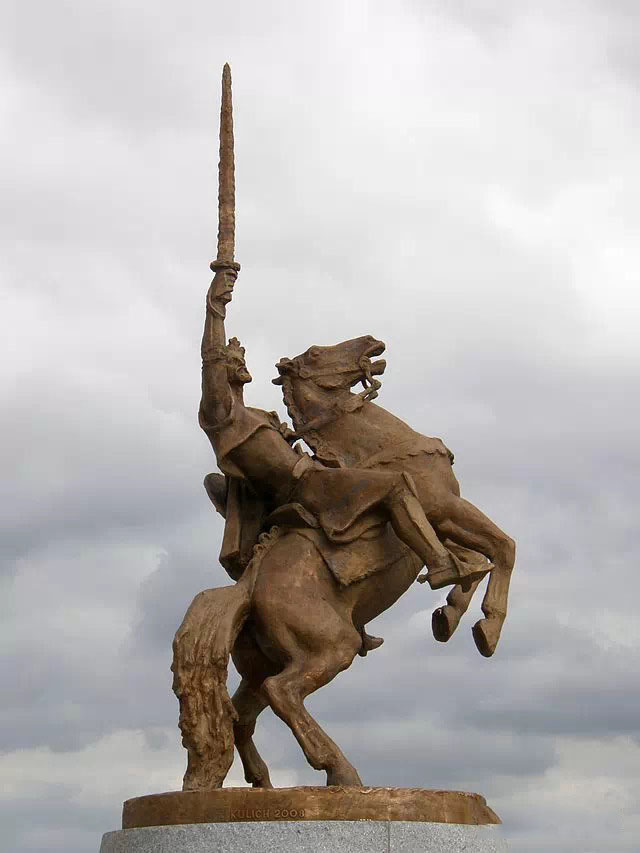
If the horse lifted a hoof, the rider was injured while riding it and saw the battle (this situation also includes the situation where the knight later died from his wounds, but at least the knight did not die on the battlefield on the spot).
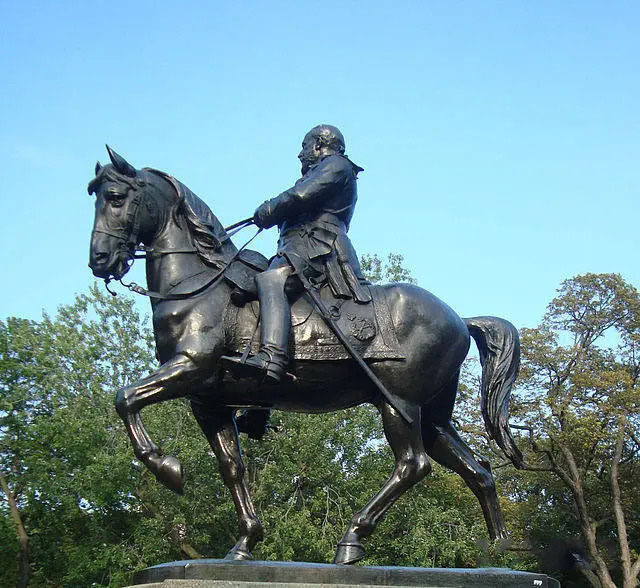
If all four hooves are on the ground, the horse stands still. Then the death of its rider has nothing to do with the battle in which it was riding. It might have died in bed a long time later.
Let's look at a specific example:
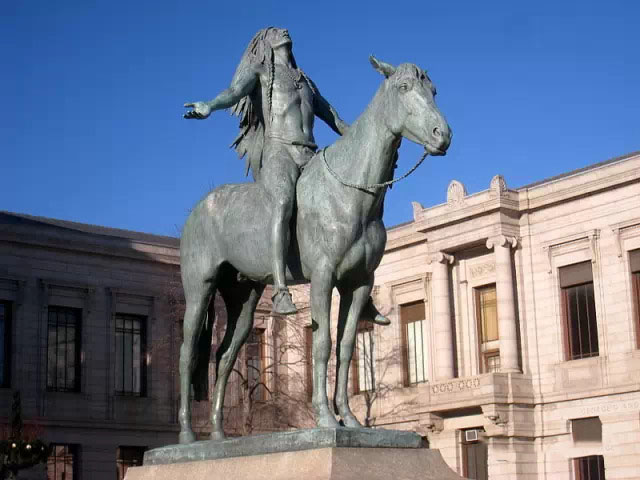
The statue of Nigras I on the south side of Isa Kiev Church in Moscow, with double bottoms in the sky, is majestic, but it shows the king's heroic sacrifice on the battlefield. At the beginning of 1855, the Crimean War had reached a critical juncture, and the defeat of the Russian Empire was determined. Nicholas, I said to his son, Prince Alexander, "Serve Russia. I wanted to take the most difficult and heaviest The burden was picked up and handed over to you a peaceful, well-arranged and happy kingdom, but God made another arrangement.” At midnight on February 18, the emperor passed away. Said that he committed suicide not to be humiliated. In short, the king died on the battlefield in Crimea.
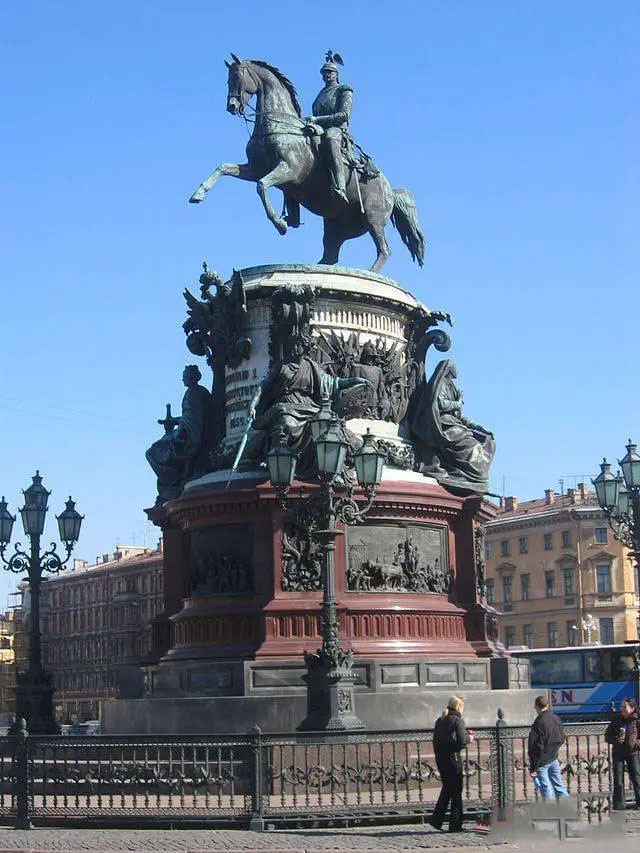
The statue of Richard the Lionheart in the Palace of Westminster was created by Carlo Marochetti. Lionheart was hit by the assassin's cold arrow on the battlefield, but he did not die immediately. The tough king persisted for 11 days after that but eventually died of wound infection. This belongs to the second situation, that is, the knight is injured on the battlefield. So his horse looks like raising a hoof.
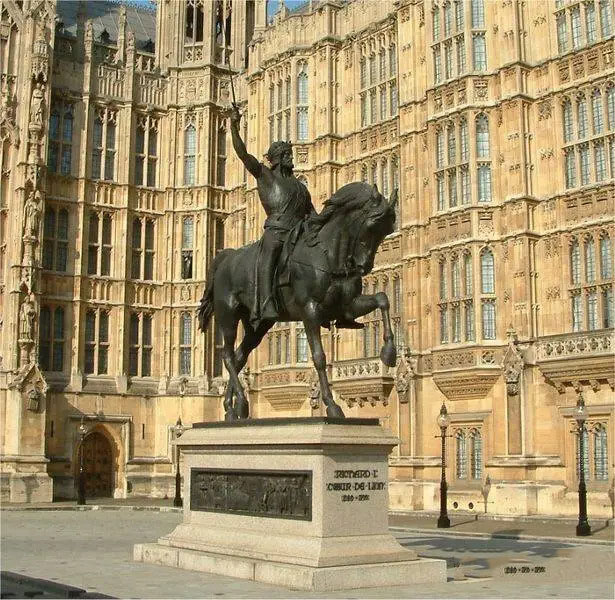
And George IV on Trafalgar Square in London died of illness after the age of 58. Although he is not a particularly extraordinary prince himself, after all, Britain won the Napoleonic War during his tenure. So the horse of this statue stands steadily on all four hooves.
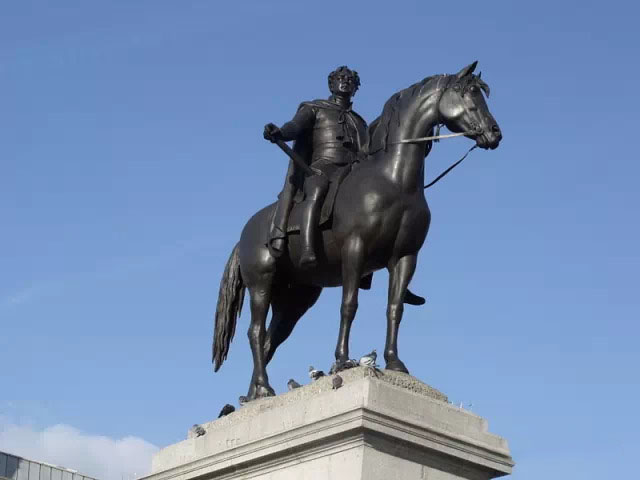
Leave a message

Any landscape ideas in your mind, describe to D&Z sculpture team directly, you can imagine we can create.
Copyright © 1996-2024 D&Z Sculpture Co., Ltd. All Rights Reserved | Sitemap |